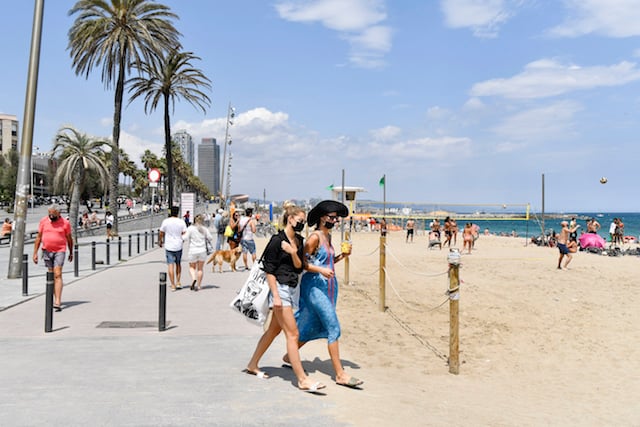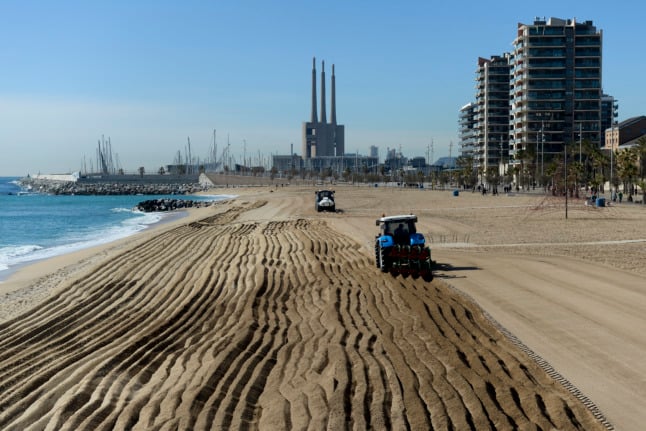Speaking to reporters via video conference from a Madrid prison, Oriol Junqueras said that in “no case, either actively or by omission, will we facilitate the formation of a far-right government. We prefer to back other options.”
Junqueras is being held while on trial for his role in Catalonia's failed bid to break away from Spain in 2017.
“We will not set any red line … but we will not issue a blank cheque” to Sanchez, added the ERC leader who is himself standing in the snap election.
Polls suggest Sanchez's Socialists are likely to win the most seats but could need support from one or more other parties — including Catalan separatists — to form a parliamentary majority.
Another possible outcome of the vote is that the conservative Popular Party (PP), centre-right Ciudadanos, and upstart far-right Vox which wants to ban separatist parties, could cobble together a majority as they did after a regional election in Andalusia in December.
Junqueras, a former Catalan vice-president, is the main defendant in a trial that began in February of 12 Catalan leaders charged with staging a banned independence referendum in October 2017.
That was followed by a failed declaration of independence. He faces 25 years behind bars if convicted of rebellion and misuse of public funds.
Jordi Sanchez, leader of Catalonia's other main separatist party, Junts per Catalunya, is also in jail while on trial along with Junqueras.
Jordi Sanchez said Thursday that his group could help the Socialists secure a second term if they would allow another referendum on Catalonian independence.
Pedro Sanchez has been tarred as a “traitor” by Spanish conservatives because he has been more open to dialogue with Catalan separatists then his PP predecessor since coming to power in June with their help.
But Pedro Sanchez has steadfastly refused to agree to an independence referendum in Catalonia.
“When I say no it is no,” he told a rally in Catalonia on Thursday.
Sanchez won a surprise no-confidence vote in parliament in June against graft-tainted predecessor Mariano Rajoy with the support of the far-left party Podemos and Catalan separatist parties.
But he was forced to call the general election after Catalan separatists refused in February to back his proposed 2019 budget.





 Please whitelist us to continue reading.
Please whitelist us to continue reading.
Member comments